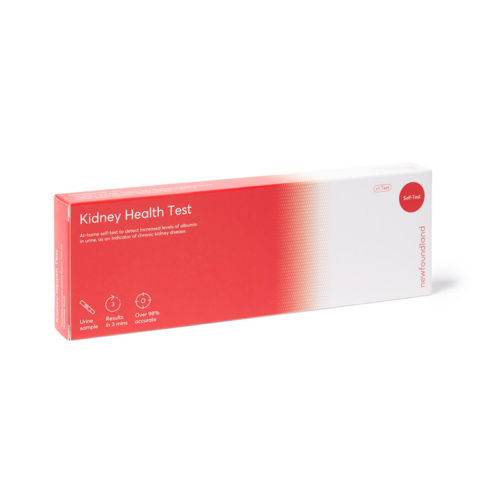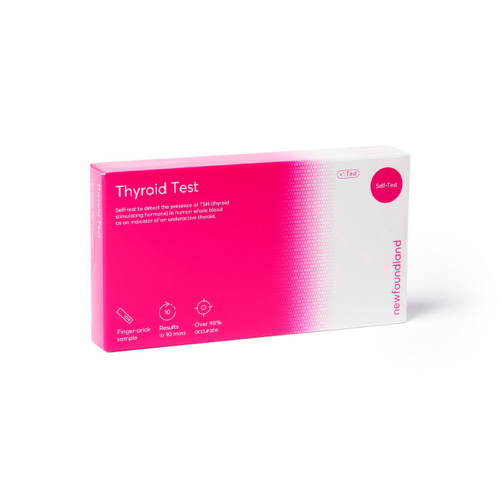Introducing our Prostate Cancer Awareness Kit – a comprehensive resource for men in the UK who want to take control of their health and reduce their risk of developing prostate cancer.
Prostate cancer is a serious health concern affecting thousands of men in the UK each year. In fact, nearly 50,000 men are diagnosed with this disease annually, making it one of the most common cancers affecting men in the country. While the majority of diagnoses occur in men aged 65 and over, prostate cancer can affect men of all ages.
According to Cancer Research UK, prostate cancer is responsible for 14% of all cancer cases in the UK, and rates of the disease are on the rise. This makes it crucial for men to be aware of the risk factors and symptoms associated with prostate cancer so they can seek early detection and treatment.
The prostate gland, a small walnut-shaped gland located near the bladder, is responsible for producing seminal fluid. Symptoms of prostate cancer can include difficulty urinating, blood in the urine or semen, bone pain, erectile dysfunction, weight loss, and a reduction in the force of urination. It’s important for men to be aware of these symptoms and seek medical attention if they experience any of them.
While a diagnosis of prostate cancer can be daunting, it’s important to remember that many cases can be successfully treated, especially if the cancer is caught early. Treatments can include surgery, radiation therapy, and hormone therapy, among others. In some cases, doctors may recommend watchful waiting or active surveillance, particularly in cases where the cancer is slow-growing or not causing symptoms.
Prostate cancer is a significant health concern for men in the UK, but with awareness and early detection, many cases can be successfully treated. Men should be proactive about their health, knowing the risk factors and symptoms associated with prostate cancer and seeking medical attention if necessary.






Reviews
There are no reviews yet.